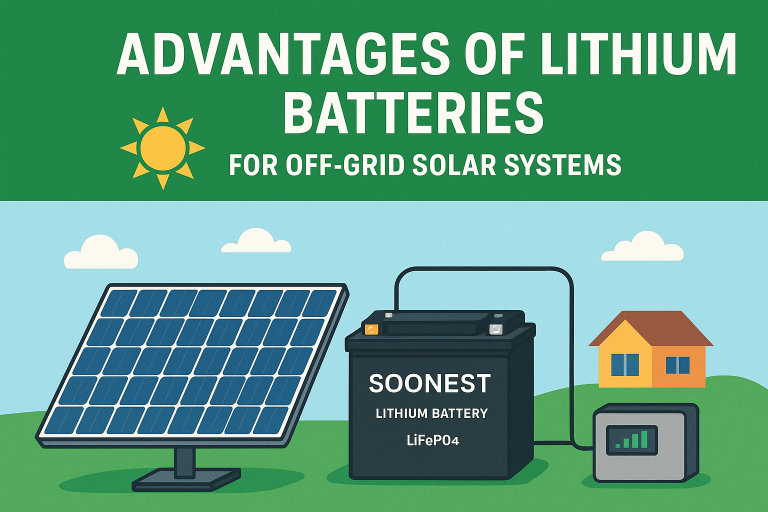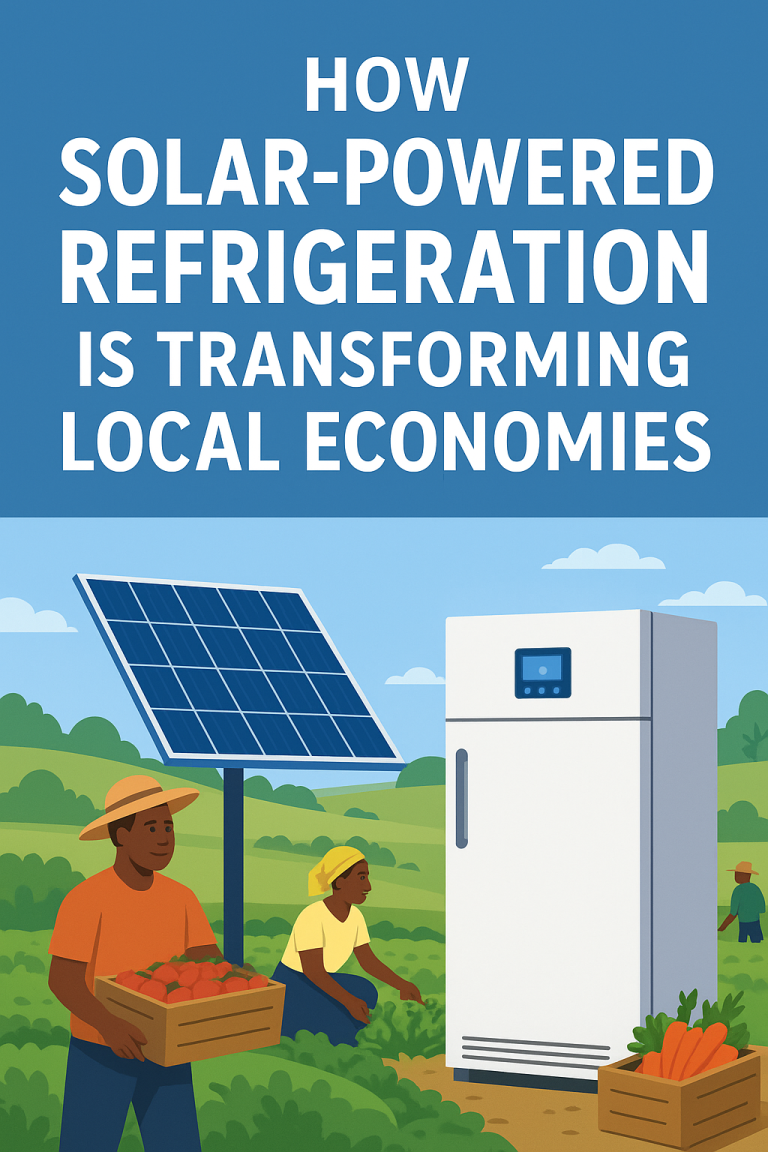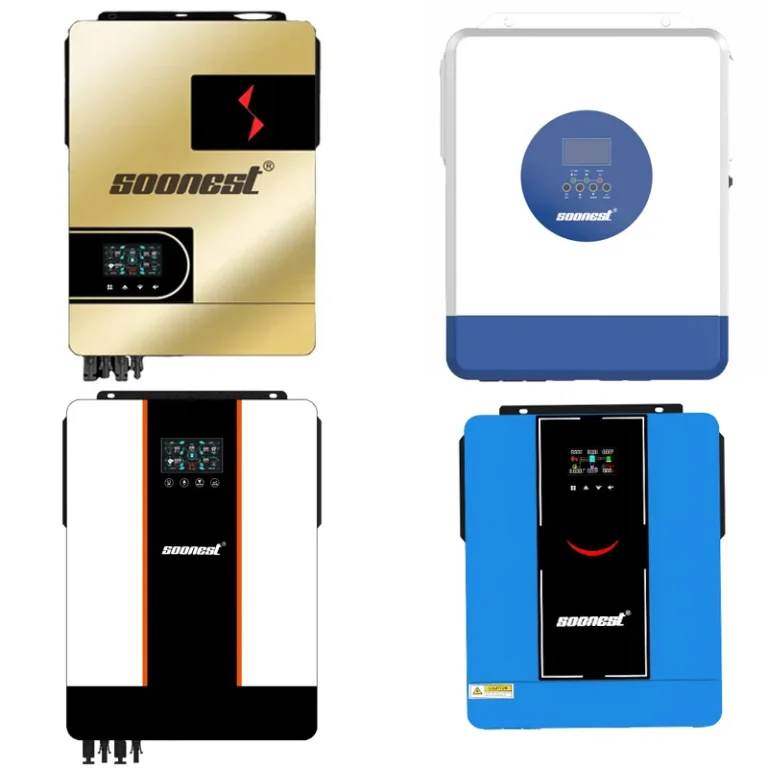Cortos de energia e problemas de rede estão aumentando. Uma bateria solar confiável é uma necessidade. Expertos dizem que os apagados irão piorar no futuro. O tempo quente tornou claro: você precisa de um plano de armazenamento de energia sólida. Uma boa configuração proporciona energia constante. Ele mantém os dispositivos importantes em funcionamento. Isso assegura conforto durante tempos difíceis. Além disso, reduz sua dependência de empresas externas de energia. Com um sistema mais cedo, você ganha liberdade energética e paz mental.
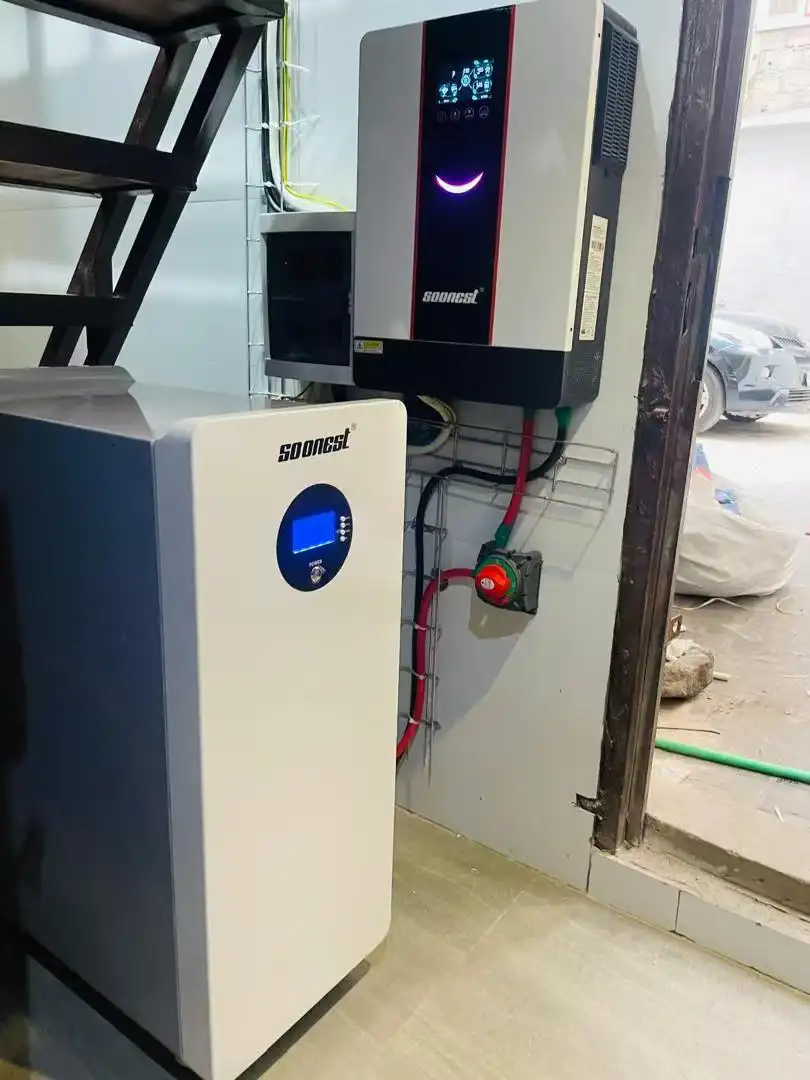
Como a qualidade do componente afeta o desempenho
As partes de segurança da bateria solar impactam sua segurança e durabilidade. A bateria solar mais cedo para uso em casa é uma grande escolha. Usa química de lítio-ferro-fosfato, que é super segura e raramente prende fogo. As baterias de alta qualidade permanecem frias e duram mais. Escolhar marcas de confiança com garantias fortes reduz os riscos. Você evita problemas como aquecimento excessivo ou quebra precoce. Bos componentes significam um sistema em que você pode contar por anos.
O que considerar antes de instalar um sistema de bateria solar
Sucesso na configuração do impacto das condições do local
Antes de instalar, verifique cuidadosamente sua localizaçãoOlhe para a direção do seu telhado. Observem sombras de árvores ou edifícios. Certifique-se de que há espaço suficiente para baterias. O baixo fluxo de ar pode sobrecargar inversores ou baterias. Isso pode causar desligações. Conexões de redes instáveis, como tensão agitada, também podem desencadear problemas. Partes falhadas no sistema também podem ser um problem a. Escolhar o lugar certo melhora a segurança e o desempenho.
O tamanho do sistema deve ajustar suas necessidades de energia
Escolher o tamanho certo é crucialUm sistema pequeno demais não poderá alimentar sua casa durante a extinção. Um sistema muito grande custa mais do que necessário. Verifique seu uso diário de energia para encontrar o melhor tamanho. A bateria solar mais cedo para uso em casa é uma escolha superior. Ela oferece uma forte capacidade de 14,4 kWh. Sua química de lítio-ferro-fosfato é segura. Também funciona com qualquer painel solar, tornando-o super flexível.
Como garantir uma instalação segura
Fios adequados cortam os riscos de fogo
Cabo ruim pode iniciar fogos ou causar perda de energia. Usar cabos aprovados pelo fabricante. Segue todas as regras elétricas durante a configuração. Coincide o carregador com a bateria. assegurar que a área de carga tenha um bom fluxo aéreo. Esses passos evitam aquecimento excessivo ou cortos circuitos. A segurança vem primeiro quando se instala seu sistema.
Instalação Profissional poupa problemas
Contratar profissionais treinados assegura que tudo é feito bem. Eles seguem regras locais e diretrizes do fabricante. Isso reduz riscos como configurações erradas ou danos decorrentes de manipulação errada. Verifique cuidadosamente os ventiladores de ar. - Certifique-se de que a conexão de rede adequa ao inversor. Se problemas continuam acontecendo, chame um profissional para inspeccionar. Vale a pena o investimento para um sistema seguro.
Como manter seu sistema em funcionamento forte
Verificações regulares Problemas de Localização Primeiro
Inspeição seu sistema frequentemente para pegar pequenos problemas. Os cheques mensais podem reduzir as taxas de fracasso em até 30%.Fonte: Associação de Industrias da Energia Solar, seia.org). Procurem raíz nas conexões. Monitorizar os níveis de carga. Teste o sistema sob uso pesado. Esses cheques rápidos evitam grandes problemas mais tarde. Ficar em cima da manutenção mantém sua configuração confiável.
Actualizar Firmware for Smart Systems
Muitos sistemas modernos, como aqueles com Sistemas de Gestão da Bateria mais cedo (BMS), são inteligentes. Eles precisam de atualizações regulares de firmware. Essas atualizações melhoram as características de auto-monitoramento e segurança. Eles também fazem o sistema funcionar mais suavemente com o tempo. - Manter a corrente do firmware é uma maneira fácil de impulsionar o desempenho.
Como o Ambiente Afecta a Vida da Bateria
As baterias prejudiciais de temperaturas extremas
As baterias não gostam de condições muito quentes ou muito frias. A vida da bateria de lítio depende de ciclos de carga, temperatura e velocidade de uso. Os pontos quentes ou congelados podem reduzir a duração de vida. Estabelece seu sistema numa área controlada pelo clima, se possível. Isso ajuda sua bateria a durar mais.
Partes de humidade e danos de pó
Muita umidade pode enrugar os terminales de bateria. A pilha de poeira se confunde com o refrigeração em baterias e inversores. Usar coberturas protetivas para instalações no exterior. Procurem coberturas classificadas em IP55 ou melhor. Esses escudos protegem seu equipamento da humidade e do pó, mantendo-o em boa forma.
Como aumentar a eficiência de carga
Match Inverters for Smooth Power
Aparar sua bateria com o inversor direito torna a carga melhor. O mais rápido Inverter híbrido com Bateria All-in-One 5kw/10kw/15kw/20kw Solar Storage AIO 48V/51.2V Lifepo4 Lithium Battery IP55 com Smart BMS Home Energy Storage System é um ótimo exemplo. Ela funciona perfeitamente com painéis monocristalinos de alta eficiência. Essa combinação assegura a conversão de energia de alto nível.
Escolha painéis que ajustam a sua bateria
Escolha painéis solares que correspondam às necessidades de tensão da sua bateria. Os painéis com altas taxas de conversão (mais de 22%) funcionam melhor. - Pará-los com configurações MPPT inteligentes para melhor saída. Essa configuração maximiza a eficiência e o desempenho do seu sistema.
Por que a química da bateria é importante para a manutenção
O lítio-Ion precisa de menos cuidado
Baterias de ións de lítiocomo aqueles com o LiFePO4 em sistemas Soonest, são baixas manutenções. Eles não perdem a carga rapidamente quando não estão em uso. Comparado com baterias de ácido de chumbo ou gel, elas são mais fáceis de cuidar. Sua química segura reduz os riscos de incêndio. Isso faz delas uma escolha sem dificuldades para uso em casa.
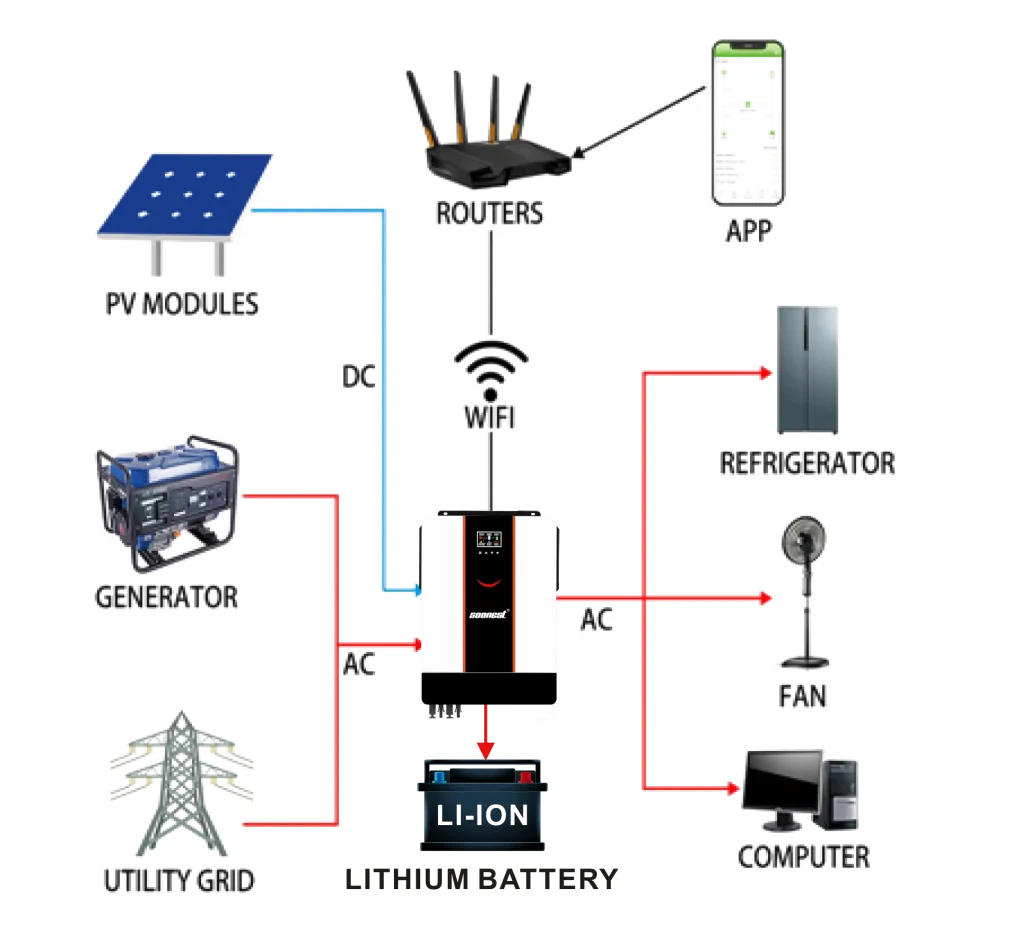
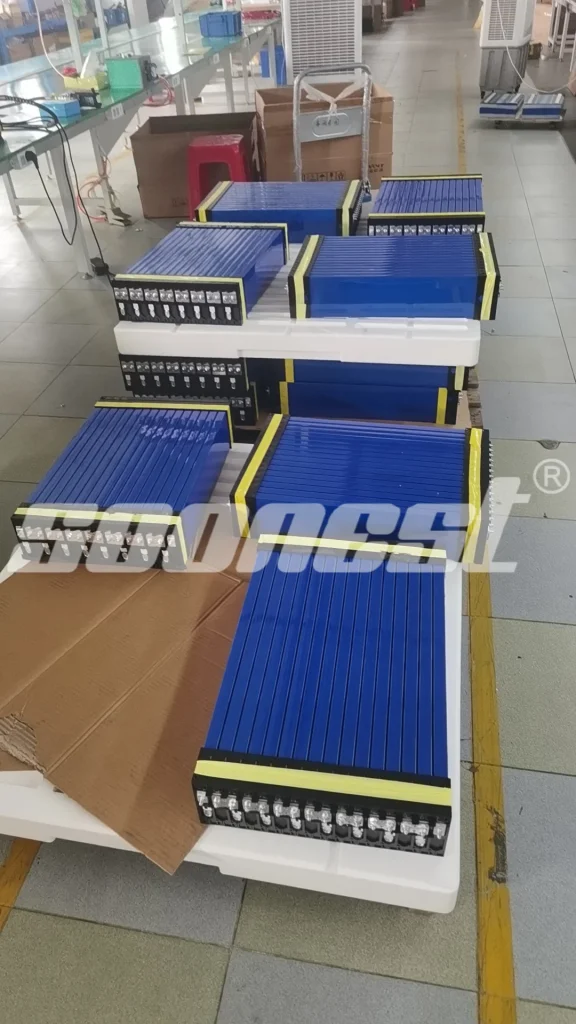
Será que as características inteligentes valem a pena?
Ferramentas remotas facilitam o monitoramento
Os sistemas inteligentes permitem verificar o desempenho de qualquer lugar. Usar aplicativos de telefone ou painéis de bordo online para rastrear níveis de carga, saída de energia e temperatura. Isso é muito útil para gerenciar seu sistema em marcha. O monitoramento remoto economiza tempo e mantém-o informado.
Alertas Para Problemas Primeiro
Sistemas inteligentes enviam avisos se algo está errado. Eles alertam você para situações ou problemas estranhos. Isso permite resolver problemas antes de danificar seu equipamento. Acção rápida protege seu sistema e economiza dinheiro.
Quantas vezes substituir partes
As baterias têm uma vida limitada
Uma bateria de lítio bem mantida dura 5 a 10 anos. Quando sua capacidade cai para 70-80% do original, é hora de substituí-lo. Mantém a pista do desempenho para saber quando está esgotando.
Cabos e Fuses Precisam de Verificações
Inspeição anual de cabos para uso ou roupa. substituir fusos danificados imediatamente. Isto evita quebramentos durante uso pesado. Ficar proativo mantém seu sistema funcionando suavemente.
Erros comuns para evitar
Ignorar as Diretrizes prejudica o desempenho
Não seguir os conselhos do fabricante pode causar problemas. O excesso de carga ou aquecimento pode acontecer. Isso esgota seu sistema mais rápido. Fique com as regras para manter as coisas funcionando bem.
Saltar os ajustes temporais reduz a eficiência
A luz solar muda com as estações. Se você não ajustar os ângulos do painel ou limpá-los, a saída de energia pode cair. Os pequenos ajustes mantêm seu sistema estable ao longo do ano.
FAQ
Q1: Por que meu inversor fotovoltaico continua apagando?
A: Pode sobrecargar devido a baixo fluxo aéreo. A tensão ou frequência da rede tremendo também pode causá-la. Partes falhas também podem ser o problema.
Q2: Quantas vezes devo substituir minha bateria de lítio?
A: Uma boa bateria de lítio dura 5 a 10 anos. substituí-la quando a capacidade cair para 70-80% de seu poder original.
Q3: Por que minha bateria de lítio está ficando quente enquanto carrega?
A: Algum calor é normal. Mas se é quente demais, verifique problemas com a configuração ou carregadora.

